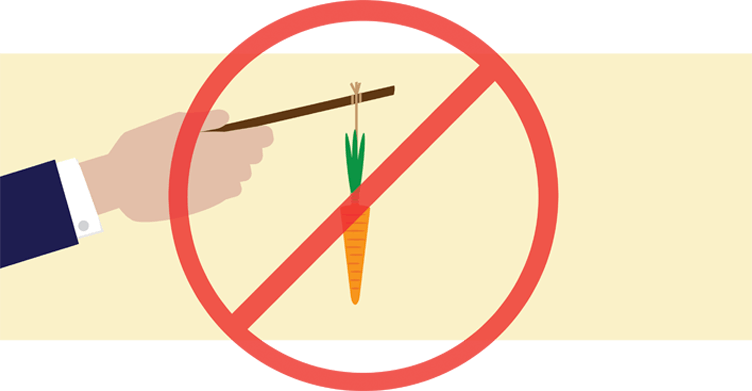President and Founder,
Corporate Class Inc.
Do you recall being asked to make a change that you struggled with – and openly resisted?
Change is challenging
Even when people recognize the repercussions of not adapting to change, they are routinely resistant. Consider, for example, that too much sugar and unhealthy fats lead to obesity, diabetes and high-cholesterol – three potentially life-shortening consequences. Although the benefits of a healthy diet are widely known, all too often, people refuse to alter their eating habits.
Change also creates fear. When people think the familiar status quo is at risk, they feel threatened. Better the devil they know than the devil they don’t. It is this sense of trepidation that significantly builds resistance.
Change management is part of leadership
To help manage and understand people’s emotional reaction to change in the workplace, Dr. David Rock of the NeuroLeadership Institute developed the SCARF Model. Its function is to facilitate behavioral change. Its strategic technique is to improve interaction by minimizing threats while maximizing rewards across the essential elements of human social experience. The five domains that comprise the SCARF model are: Status, Certainty, Autonomy, Relationship and Fairness.
Let’s examine how people’s fear is manifested across these domains:
Status: “Other staff members are better, more senior.”
Certainty: “There’s no clear path; what will the outcome be?”
Autonomy: “I feel helpless and as though I’ve lost control.”
Relationship: “I don’t feel safe. I’m no longer part of the in-group.”
Fairness: “This situation isn’t fair”
Leaders need to find external motivators to propel change
Implementing change frequently tends to rely on the carrot and stick approach.Take for example, frustrated parents who are desperate to persuade a child to read more by promising payment for every book read. Their goal is to turn a non-reader to an avid reader. They soon discover, however, that as soon as payment stops – so does reading. What’s called for is motivation that makes the child want to read.
To sustain change within the workplace, leaders need to establish an emotional connection to motivating factors. The SCARF model is a modern leadership tool designed to meet the challenges of change management by improving collaboration and influencing people’s behavior.
Commitment is key
Let’s say you just introduced a new template for proposals. Some team members immediately adopted the new model. Some did not. They continued to submit proposals to you using the old template simply because it was in their comfort zone. You were disappointed but busy – so you let things slide. You said nothing. People resisted change because they could!
Penalizing the people who failed to utilize your new template wasn’t the solution. The implementation process lacked powerful motivators and didn’t address the fears of some team members, clearly exhibited by their resistance.
When leaders follow the SCARF model by using its techniques to minimize threats and maximize rewards, they advance the insights vital to facilitate behavioral change. The SCARF model equips leaders to plan interactions that will motivate people and accelerate change.
Recommended blog post
Dr. Josh Davis is the Director of Research and Lead Professor for the NeuroLeadership Institute.
Here’s a link to his HBR blog post: How Much Can Your Employees Get Away With?





